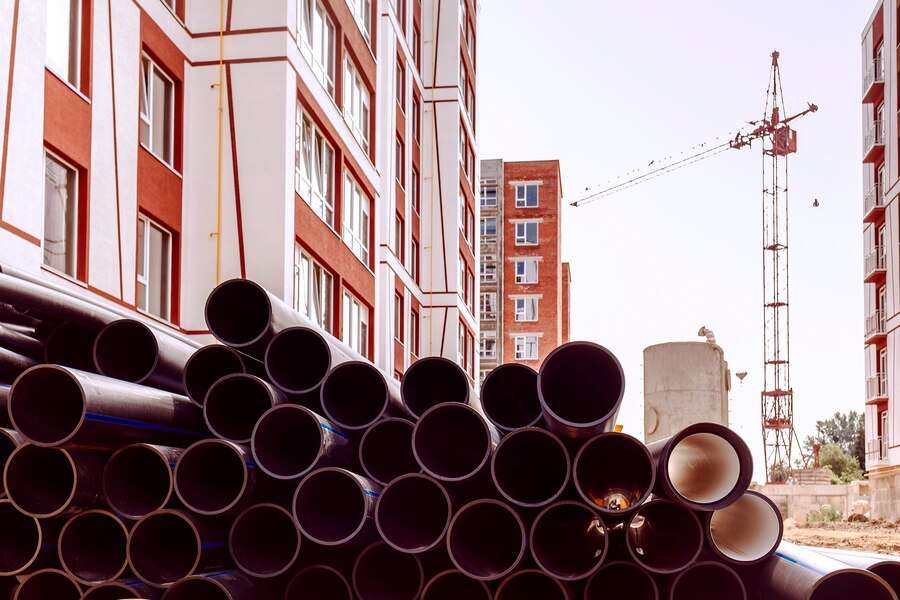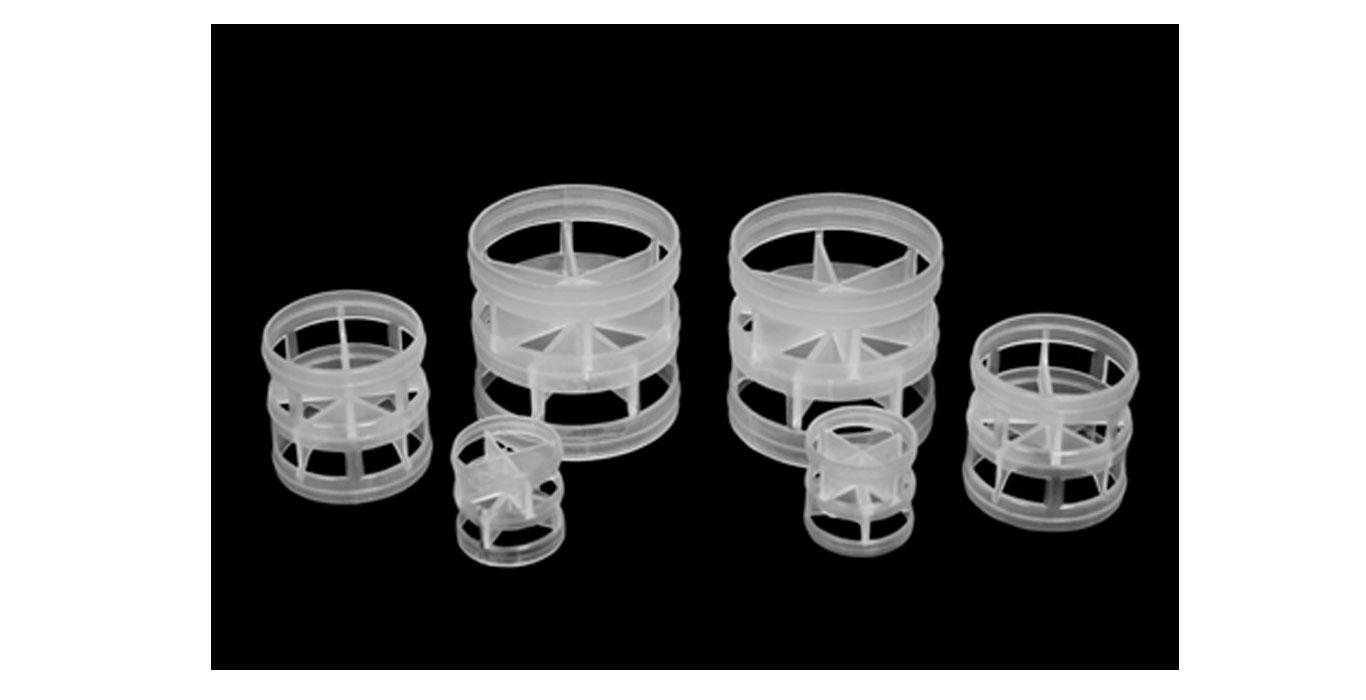India Aluminium Market Overview:
Becoming a significant member in the aluminium industry, The India Aluminium Market has confronting a huge development throughout the long term. Aluminium is an adaptable metal substance used in various organizations, including improvement, auto, packaging, electrical, and flying. India’s plentiful bauxite saves and developing industrialization have added to the extension of the aluminium area in the country.
Drivers of India Aluminium Market:
- Rapid Urbanization and Infrastructure Development: The booming construction and real estate sectors have driven the demand for aluminium products like doors, windows, and building facades.
- Automotive Industry Growth: The increasing demand for lightweight and fuel-efficient vehicles has led to higher usage of aluminium in car manufacturing.
- Electrical and Electronics Sector: The rise in consumer electronics and electrical equipment production has boosted the demand for aluminium components.
- Bundling Industry: Aluminium ‘s properties like gentility, flexibility, and protection from erosion have gone with it a famous decision in the bundling of drinks, food, and drugs.
Opportunities for India Aluminium Market:
- Renewable Energy Sector: Aluminium is used in renewable energy infrastructure like solar panels and wind turbines, providing opportunities for growth as India focuses on sustainable energy sources.
- Reusing: The aluminium reusing industry presents critical development potential because of ecological worries and asset proficiency.
- Aerospace and Defense: As India invests in its aerospace and defense capabilities, the demand for aluminium components in aircraft and defense equipment is likely to increase.
Challenges faced by India Aluminium Market
- Energy Intensive Production: Aluminium creation is energy-serious, which can prompt significant expenses and natural worries, particularly on the off chance that the energy source isn’t inexhaustible.
- Infrastructure Bottlenecks: Inadequate transportation and logistics infrastructure can hinder the efficient supply chain for raw materials and finished products.
- Global Price Volatility: Fluctuations in global aluminium prices can impact the profitability of domestic producers.
Government Policies and Measures:
The Indian government’s policies have had a mixed impact on the industry. On one hand, government stimulus packages such as free electricity supply to producers and duty exemptions on imports of raw materials have provided some relief to domestic manufacturers, but at the same time high import duties on finished products like rolled sheets have kept prices artificially high resulting in consumers turning away from purchasing them. The Indian Government has taken some measures:
- National Aluminium Policy: The Indian government has formulated policies to encourage domestic aluminium production, resource exploration, and R&D in the sector.
- Make in India Drive: The drive advances fabricating inside the nation, prompting expanded interest for homegrown aluminium items.
Key Players of India Aluminium Market:
- Hindalco Industries: A major player in the aluminium industry with a diverse range of products and a strong presence in both primary and downstream segments.
- National Aluminium Company Limited (NALCO): A government-owned enterprise involved in bauxite mining, alumina refining, and aluminium smelting.
- Vedanta Limited: Engaged in aluminium production, with a focus on integrated operations from bauxite mining to finished products.
Impact of COVID-19 on India Aluminium Market:
India is the second largest producer of aluminium in the world and a major consumer as well. The Indian aluminium market has been hit hard by the COVID-19 pandemic, with demand for it falling significantly due to lockdowns imposed across India. The COVID-19 pandemic initially led to disruptions in the aluminium supply chain due to lockdowns and reduced economic activity. However, as industries resumed operations and demand recovered, the aluminium market rebounded. The crisis highlighted the need for resilient supply chains and diversified markets.
Conclusion
Due to urbanization, industrialization, and demand across various sectors, The India aluminium market has shown remarkable growth. To ensure environmental responsibility, the industry’s future lies in sustainable practices, technological innovation, and adapting to global market dynamics. Government strategies, market open doors, and the responsibility of central participants will assume a vital part in forming the business’ direction.










